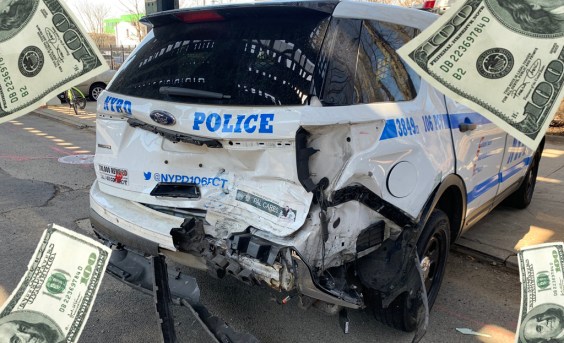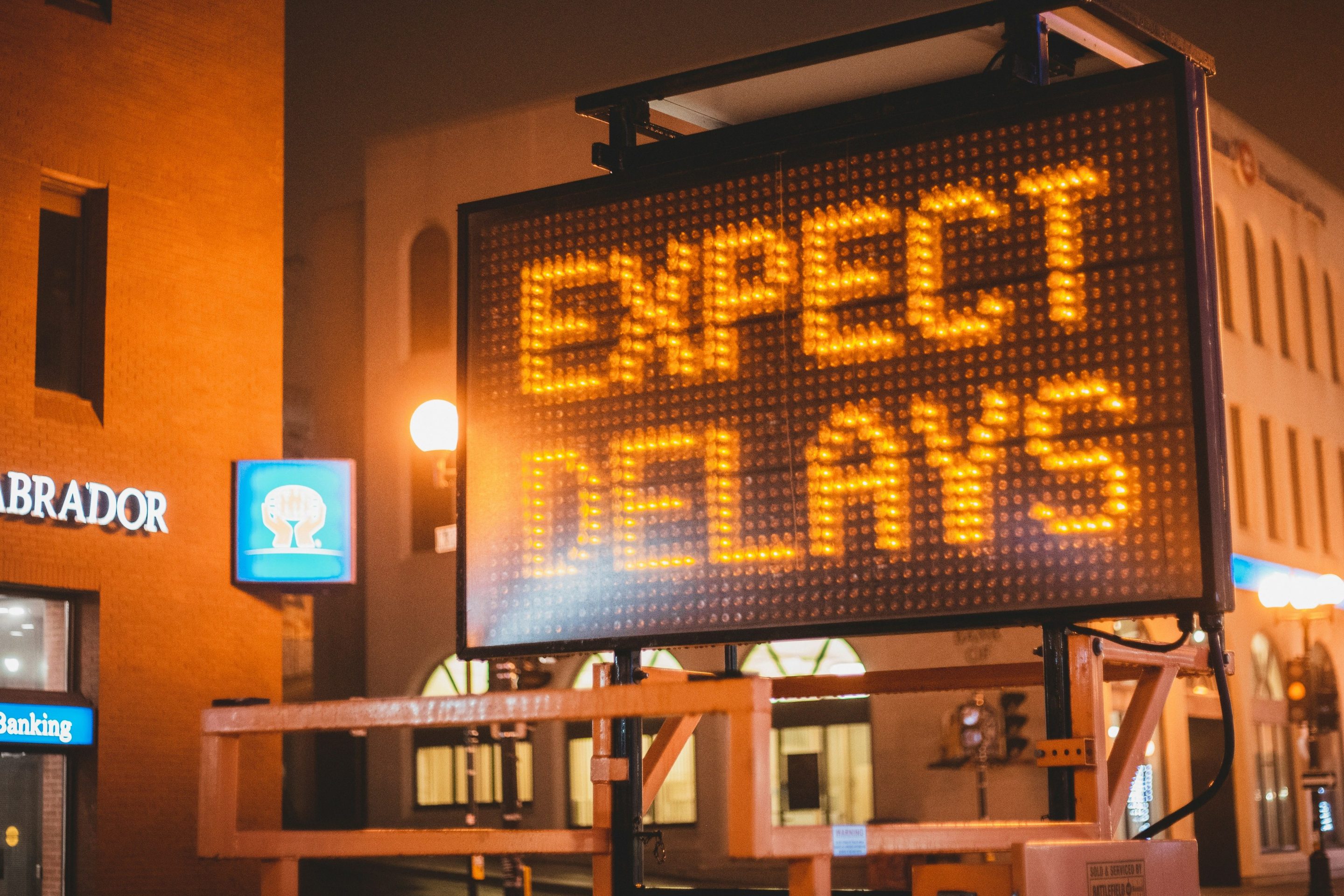Joel Kotkin on Smart Growth: The Streetsblog Re-mix
3:28 PM EDT on September 18, 2009
When columnist Robert Samuelson published an alarmingly misguided attack on high-speed rail last month, the St. Louis Urban Workshop fired back in a unique fashion: with a "re-mix" of Samuelson's op-ed that cleverly edited the piece to better reflect reality.
 Joel Kotkin (Photo: NAF)
Joel Kotkin (Photo: NAF)The format was so intriguing that Streetsblog Capitol Hill couldn't resist borrowing it -- when the right blend of fear-mongering and fact-twisting presented itself in commentary format, of course.
And the opportunity came along this week when Joel Kotkin, the New America Foundation fellow with a fondness for sprawl and a fear of "climate-change zealots [being] in our faces and wallets," took to the pages of Politico.
Kotkin's full piece, entitled "Smart growth must not ignore drivers," can be found here. Streetsblog's re-mix, entitled "Smart growth must not ignore is not the enemy of drivers," is below.
For the time
being, battles over health care and energy seem likely to occupy the
attention of both the Obama administration and its critics. Yetalthough now barelybecause it is on the radar for millions of people, theremay beis another, equally
criticalconflict developing overissue worthy of attention: how Americans live and travel.Right now this potential
flash pointreform effort has been relegated to the legislative back
burner, as Congress is likely to put any major transportation spending
initiative on hold for at least a year, and perhaps longer. Thisalsoreluctance may be driven by mounting concerns over the deficit. Financing major
may be a symptom of
changes in transportation, for example, would probably require higher
federal fuel taxes, whichwould not fly amid a weak economyfew have shown the political courage to begin discussing.These delays could prove a
blessingsetback to the administration, providing a
pause fromindulging in yet another policy lurchdrafting a ground-breaking bill thatmightwould thrill the“progressive”urban leftbut infuriateand mitigate the congestion troubles in much of the country. Initial
House proposals on transportation have sought to cutdramaticallyby small amounts the
share of federal gas taxes — paid by drivers — going to roads while
sending just two percent more to already heavilysubsidizedin-demand transit. Another large chunk
of transport spending would go to a very expensive,and geographicallybut economically promising high-speed-rail network that would vastly improve inter-city mobility.
limited,
This kind ofradicalnecessary shift reflects the preferences ofideologuesofficials within the administration. President Barack Obama has clustered an
impressive array of “smart growth” devotees around him, including
Housing and Urban Development Undersecretary Ron Sims, an early advocate for the fight against climate
change,“evangelist,”Transportation Undersecretary for Policy Roy
Kienitz and the Environmental Protection Agency’s John Frece. Their
priority is notbettermore roads for suburbanites but, as Transportation
Secretary Ray LaHoodput itquipped, to “coerce” Americans out of exclusive reliance on their cars
-- where most of us are stuck in traffic for 36 hours a year -- and into a denser, more transit-dominated future.This approach can expect strong support from the influential “green
team” in the administration, including climate czar Carol Browner and
science adviser John Holdren. Browner’shandsupport for sensible urban development was shown during the
Clinton years when as head of the Environmental Protection Agency she
threatened to cut transportation funds for the Atlanta region unless it
adopted a smart-growth policy. The threats became moot after the change
of administration in 2001, and Atlanta now boasts the third-most traffic congestion in the nation.It is not difficult to imagine such
bureaucrats intruding on howofficials giving urban communities and familiesfunction on the most basic levelsa stronger voice on the federal level.TraditionsPolitical pressures against diverse local land use that have existed since the
governingbeginning of thelate 1950s would be
republicoverturneddiminished. Thepreferredauto-dependent lifestyles of most
Americans wouldcome under siegeno longer be their only option.This agenda has been
widelypromoted for decades, first by the Carter
administration and, more recently, by both environmentalists and new
urbanists. The recent concerns over global warming have provided an
additional raison d’être for a policy promoting both higher transit use
and denser housing patterns. The president himself has embraced this
agenda, declaring in February that “the days of building sprawl” were,
in his words, “over.”The administration can expect strong support for such policies
in thefrom New York and Washington and San Francisco and Philadelphia and Los Angeles and
mainstream media concentrated in. Thesemany areas that
boast boththea highestproportion of transit riders andthelargest
percentages working in the central core. Many among the young, single
and childless couples workingin mediain these communitiessee nobelieve other Americans
reason whyshould notwould welcome the opportunity to live similarly.Politically,
such a remaking of America may prove difficult to pull off given that urban areas wield a disproportionately small influence in Washington. Overall
less than 6 percent of Americans ride public transit, a percentage thathas barely changed forwas more than twice that size four decades ago but still amounts to a total of more than 10 billion annual trips. Inmanystates that lack the ingredients for successful networks, the transit share is
only 1 percent.Without lawmakers going to bat for the nation's cities,
Iit’s difficult to imagine a policy thatdissesminorly decreases aid to roads,could pass Congress,
small towns and suburbs80 percent or sotwo-thirds of whose
constituentsdon’tlive in thefavored dense urban environmentsnation's 100 biggest metropolitan areas. And
what about the9590 percent or so of Americans whoget around byown a car?
More likely, any spate of new transit and land-use regulations will beenforced through the apparata vital component of the climate change effort. In one scenario, administrators at the
EPA could simplyopposerequire any transport project — for example, new roads —
to evaluate its true costs and benefits on the basis of carbon emissions and potential pollution. States and
cities with projects not deemed “smart” enough by administrators at the
Department of Transportation or HUD mightbe threatened with loss ofhave to go back to the drawing board.
fundingYet even this approach risks engendering a backlash. Once again, the
administrationcould be seen asimposing a true-bluewill be criticized for embracing a more urban-centric policyon aby those who look at the U.S. as a red, or at least purple, nation. To be successful, the
largely
administration needs toaddress the needs oftalk up the benefits of its policies with suburban, small-city and
rural residents as well as those of big-city denizens. Fortunately, that process is already beginning.This is not to say the administration should not address pollution and
congestion concerns head-on. But this needs to be done in ways that
make both political and practical sense. Mileage requirements on cars
are an excellent first step that follows this playbook,getting resultsbut they cannot be the only transportation reform that is pursued in coming months.
without trying to remake a car-driving electorateIn addition, the government could develop incentives for increased
telecommuting and more flexible work schedules in order to reduce
unnecessary driving to work. There is also room for expanded, more
economical bus and jitney services that could work in some suburban and
small-town locations. Instead of building light rail systems that will
never get large ridership,massmore transit funding should flow to
maintain and expand successful existing systems,orand toa handful ofdense corridors emerging
in places like Houston, Dallas, Denver, and Phoenix, to name just a few.All this speaks to a kind of pragmatism that may not please
eitherthe
road-building zealotsorbut will make life easier for most Americans -- drivers in particular -- while winning praise from the smart-growth aficionados.Such an approach
would be far preferable — and more politically sustainable — than the
current attempt to drive a 21st-century country back to a
transportation model more appropriate for the 19th.
Stay in touch
Sign up for our free newsletter
More from Streetsblog USA
Car Crashes by City Workers Cost NYC Taxpayers $180M in Payouts Last Year: Report
A record number of victims of crashes involving city employees in city-owned cars filed claims in fiscal year 2023 — and settlements with victims have jumped 23 percent, a new report shows.
Tuesday’s Headlines Are Driving Inflation
Driving — specifically, the cost of car ownership — is one of the main factors behind inflation, according to the Eno Center for Transportation.
SEE IT: How Much (Or How Little) Driving is Going on in America’s Top Metros
Check it out: The lowest-mileage region isn't the one you'd think.
Monday’s Headlines Bring Another Setback
The Biden administration's new rule requiring states to report their greenhouse gas emissions from transportation was dealt another blow when the Senate voted to repeal it.
‘The Bike Is the Cure’: Meet New Congressional Bike Caucus Chair Mike Thompson
Meet the incoming co-chair of the congressional bike caucus — and learn more about how he's getting other legislators riding.




